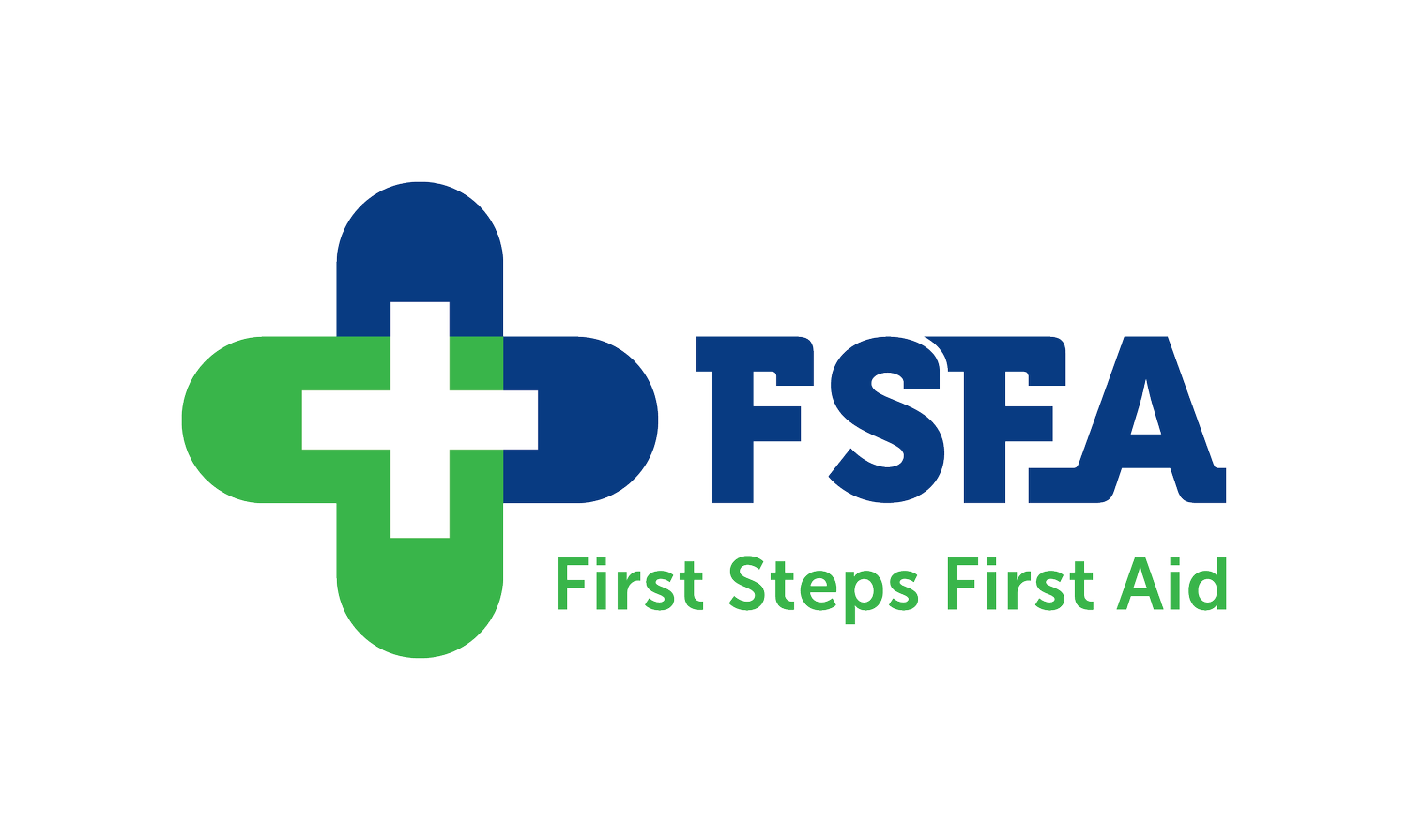Why First Aid Training Should Be Part of Every School – For Both Teachers and Students
Because knowing what to do can save a life
When an emergency happens in school — whether it’s a playground injury, an asthma attack, or even cardiac arrest — time matters. Often, the people on scene first aren’t paramedics or doctors. They’re teachers, support staff, or even other pupils.
That’s why first aid training in schools is so important — not just for teachers, but for students too.
At First Steps First Aid, we work with schools across the South Coast to deliver engaging, confidence-building first aid training that empowers both staff and learners. Here's why it matters.
1. Teachers Are Often the First Responders
From slips on wet floors to choking incidents during lunch, teachers are typically the first on scene. They need to be able to:
Assess a situation quickly
Keep a child safe until medical help arrives
Remain calm and reassuring for the rest of the class
Paediatric First Aid training equips teachers and school staff with the skills to respond confidently to the most common school emergencies — including allergic reactions, asthma attacks, and head injuries.
For EYFS settings, having qualified staff on site isn’t just helpful — it’s a legal requirement under Ofsted and the Early Years Foundation Stage framework.
2. Students Can Learn Lifesaving Skills Too
First aid isn’t just for adults. Even young learners can be taught how to call 999, check for breathing, or help someone who’s bleeding. By the time they reach secondary school, students can learn CPR, how to use a defibrillator, and how to assist someone who’s choking.
This builds:
Confidence and independence
Empathy and responsibility
Resilience in emergencies
Schools that offer student first aid training help create a culture of safety and compassion — skills that stay with pupils for life.
3. It’s Now Part of the National Curriculum
As of 2020, first aid is part of the statutory health education curriculum in England for secondary schools. Pupils are expected to know:
Basic first aid (including dealing with common injuries)
How to perform CPR
The purpose of defibrillators and how to use one
Working with a trusted training provider like First Steps First Aid ensures your school delivers this requirement in a fun, hands-on, and effective way — not just ticking a box.
4. Emergencies Don’t Wait — Be Prepared
The reality is, emergencies in schools are not rare:
A child collapses during PE
A pupil has a severe allergic reaction to food
A teacher cuts themselves on a classroom tool
Knowing what to do in those first few minutes could make all the difference. First aid training helps create a safer school environment for everyone — staff, students, and visitors alike.
5. It’s Great for Wellbeing and School Values
Learning first aid promotes key school values like:
Respect and care for others
Responsibility and teamwork
Practical, lifelong learning
It also supports students’ mental wellbeing — helping them feel empowered rather than helpless in a crisis.
How First Steps First Aid Can Help
We offer flexible, engaging training options for schools across Portsmouth, Hampshire and the South Coast, including:
Paediatric First Aid for teachers and EYFS staff
First Aid for Schools (primary & secondary age)
Student CPR & Defibrillator sessions
Mental Health Awareness for staff
🧑⚕️ All courses are delivered by registered paramedics, bringing real-life experience and reassurance.
📍 We can train on-site at your school or at our dedicated training centre.
✅ All courses meet current national guidelines and curriculum standards.
Ready to Make Your School Safer?
Get in touch today to book your school’s first aid training or to find out more. Learn more about what we do for schools here - First Aid Training For Schools and Childcare Providers
📞 Call 023 9200 6417
🌐 www.firststepsfirstaid.co.uk
📧 info@firststepsfirstaid.co.uk


